Buffalo, New York, is no stranger to heavy snowfall, but recent weather events have left residents and officials grappling with exceptional accumulations. The city’s latest bout with winter weather has caused a revolution in daily life, prompting many to ask, “How much snow did Buffalo get?” This question has become crucial for residents to plan their daily activities and for city authorities to manage snow clearing operations effectively.
The recent snowfall in Buffalo has had an impact on various aspects of urban life, from transportation to business operations. This article aims to provide up-to-date information on snow totals across different areas of Buffalo and its surroundings. It will delve into the most recent snowfall measurements, break down accumulations by location, and discuss the implications of this winter weather event for the city and its inhabitants. By examining these factors, readers will gain a comprehensive understanding of the current snow situation in Buffalo.
Recent Snowfall Totals in Buffalo
Buffalo has experienced significant snowfall in recent weeks, with multiple lake-effect snow events causing substantial accumulations across the region. The city and its surrounding areas have seen varying amounts of snow, with some locations receiving several feet of accumulation.
Weekend Lake Effect Snow
The first round of lake-effect snow hit the Buffalo area over the weekend, causing a revolution in daily life. This storm brought heavy snowfall to many parts of Western New York, with some areas receiving over 3 feet of snow. The National Weather Service recorded impressive totals, including 41.3 inches in Hamburg, 41 inches in West Seneca, and 31 inches in Lackawanna.
Second Round of Lake Effect Snow
A second lake-effect snow event followed closely behind, further adding to the already substantial snow totals. This storm, which began on Wednesday, brought additional heavy snowfall to the region. As of Thursday morning, the National Weather Service reported the following totals for the second event:
- South Buffalo: 25-30 inches
- Lackawanna: 25-30.8 inches
- West Seneca: 29-37.8 inches
- Cheektowaga: 12-24 inches (varying by area)
- Hamburg: 21.2 inches
Highest Accumulations
When combining the snowfall from both events, some areas have seen truly remarkable totals. According to CoCoRaHs, a volunteer network of weather observers, the multiday accumulation from Sunday through Thursday showed staggering amounts:
- West Seneca: 74.8 inches
- Hamburg: 62.5 inches
- South Buffalo: 62.5 inches
These totals equate to approximately five feet of snow in just a few days, highlighting the intensity of the recent lake-effect snow events in the Buffalo area.
Breakdown of Snow Totals by Location
The recent snowfall in Buffalo and its surrounding areas has varied significantly by location. To provide a comprehensive view of the snow accumulation across the region, this breakdown examines the snowfall totals in different areas.
Erie County Snowfall
Erie County, which includes Buffalo, has experienced substantial snowfall. The city of Buffalo itself has seen significant accumulation, with some areas receiving several feet of snow. However, precise measurements for Buffalo’s downtown area (zip code 14201) are not available in the provided data.
Surrounding Areas
The snowfall has not been limited to Buffalo proper. Several nearby locations have reported impressive snow totals:
- West Seneca: 74.8 inches
- Hamburg: 62.5 inches
- South Buffalo: 62.5 inches
These measurements, collected over multiple days from Sunday through Thursday, demonstrate the intensity of the recent lake-effect snow events in the Buffalo area.
Official National Weather Service Data
The National Weather Service provides official snowfall data for the region. While specific current measurements are not available in the provided information, the NWS typically updates its data throughout the day as station readings are reported, usually no more than once an hour.
To obtain the most accurate and up-to-date snowfall information, residents can access various online resources that compile data from multiple sources, including the National Weather Service and the National Weather Service NOHRSC. These platforms allow users to view snow accumulation, snow depth, and snowfall for recent winter storms, as well as nearby snow reports from weather stations across the country.
Conclusion
The recent snowfall in Buffalo has undoubtedly caused a revolution in daily life for residents and city officials alike. The staggering accumulations, reaching up to 74.8 inches in some areas, highlight the intensity of the lake-effect snow events that have battered the region. These exceptional totals underscore the need for residents to stay informed and prepared, while also presenting significant challenges for city authorities to manage snow clearing operations effectively.
As Buffalo continues to grapple with the aftermath of these winter storms, the importance of accurate and timely snowfall data becomes increasingly clear. The varying totals across different locations within the city and its surroundings emphasize the localized nature of lake-effect snow, reminding us of the complex weather patterns that shape Buffalo’s winters. Moving forward, residents and officials alike will need to remain vigilant and adaptable to navigate the challenges posed by such extreme winter weather events.
FAQs
1. How much snow did the Buffalo Blizzard deposit?
During the Buffalo Blizzard, the Weather Service station at Buffalo Niagara International Airport recorded a total snowfall of 51.9 inches, while North Tonawanda received 59 inches.
2. What was the snow accumulation that led to the postponement of the Buffalo Bills game?
The lake effect snowstorm in Western New York, which prompted the postponement of the Buffalo Bills playoff game initially set for Sunday, resulted in nearly 4 feet of snow accumulation.
3. Was there a record of 6 feet of snow in Buffalo recently?
Yes, Buffalo experienced a record-breaking event when six feet of snow fell due to a lake-effect snowstorm, setting a new record for the most snowfall in a 24-hour period. This storm also led to widespread power outages and the closure of businesses and highways.
4. When did Buffalo experience a 7-foot snowfall?
In 2014, Buffalo faced the historic ‘Snowvember’ storms, which left up to 7 feet of snow in certain areas.





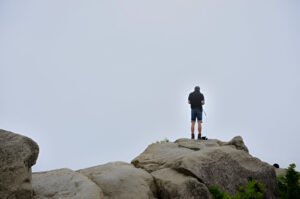
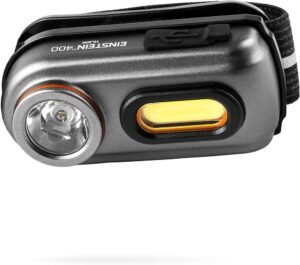


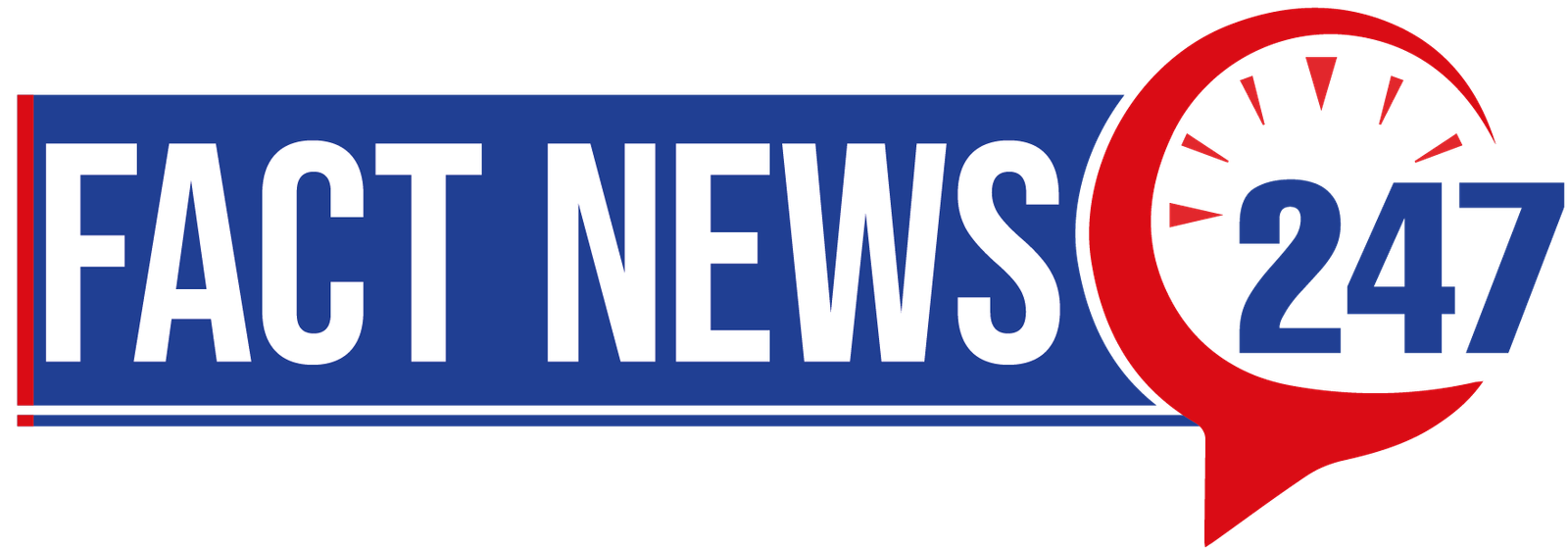
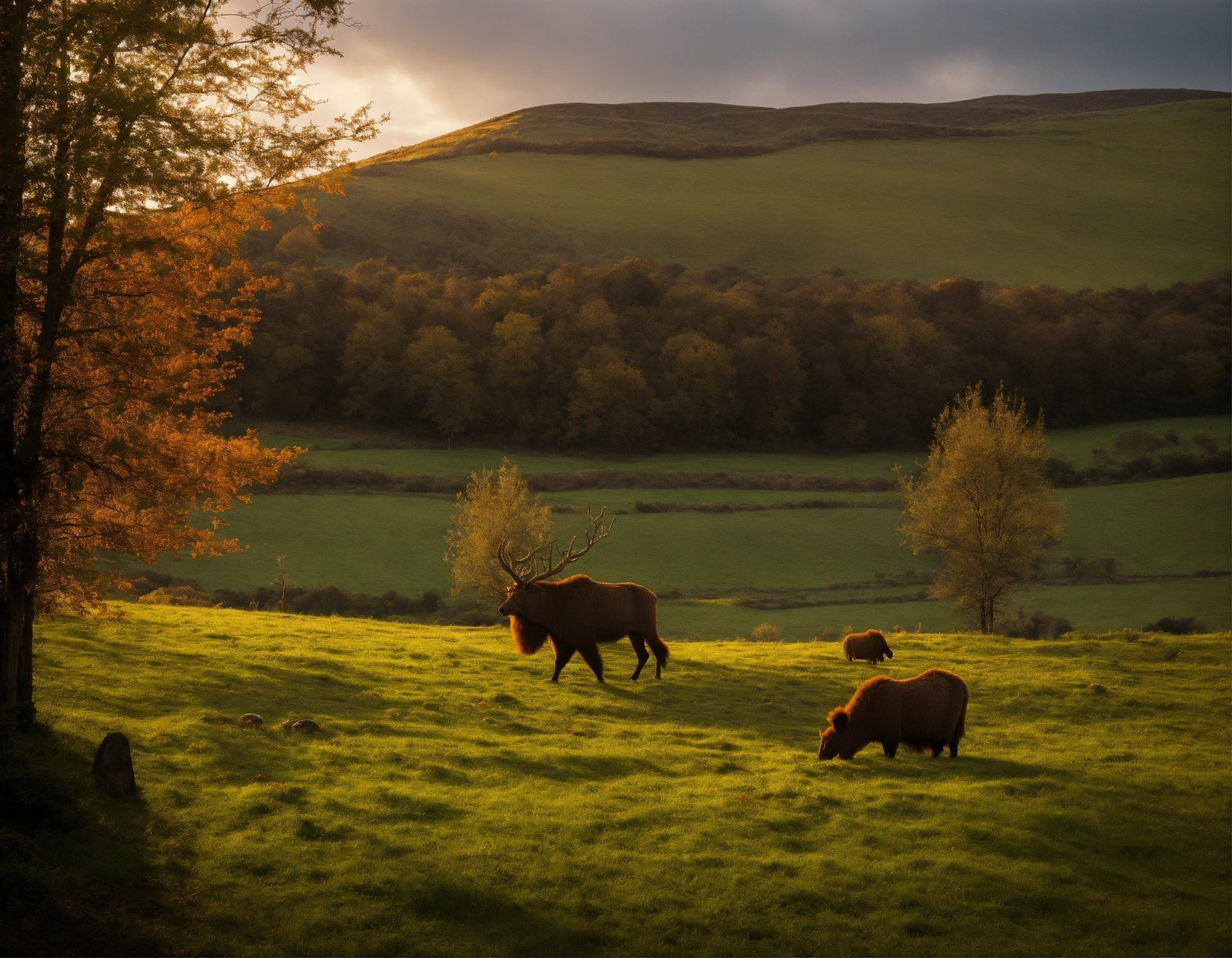














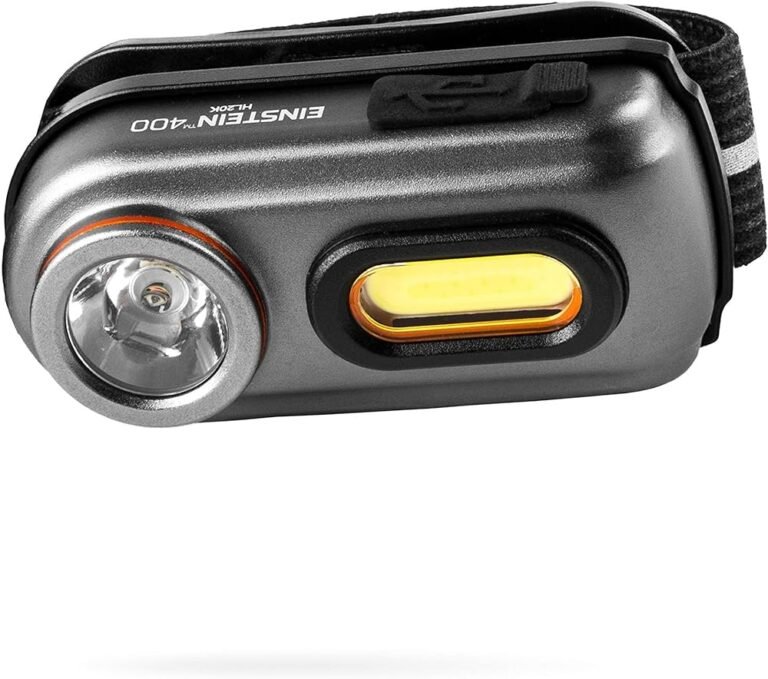

+ There are no comments
Add yours